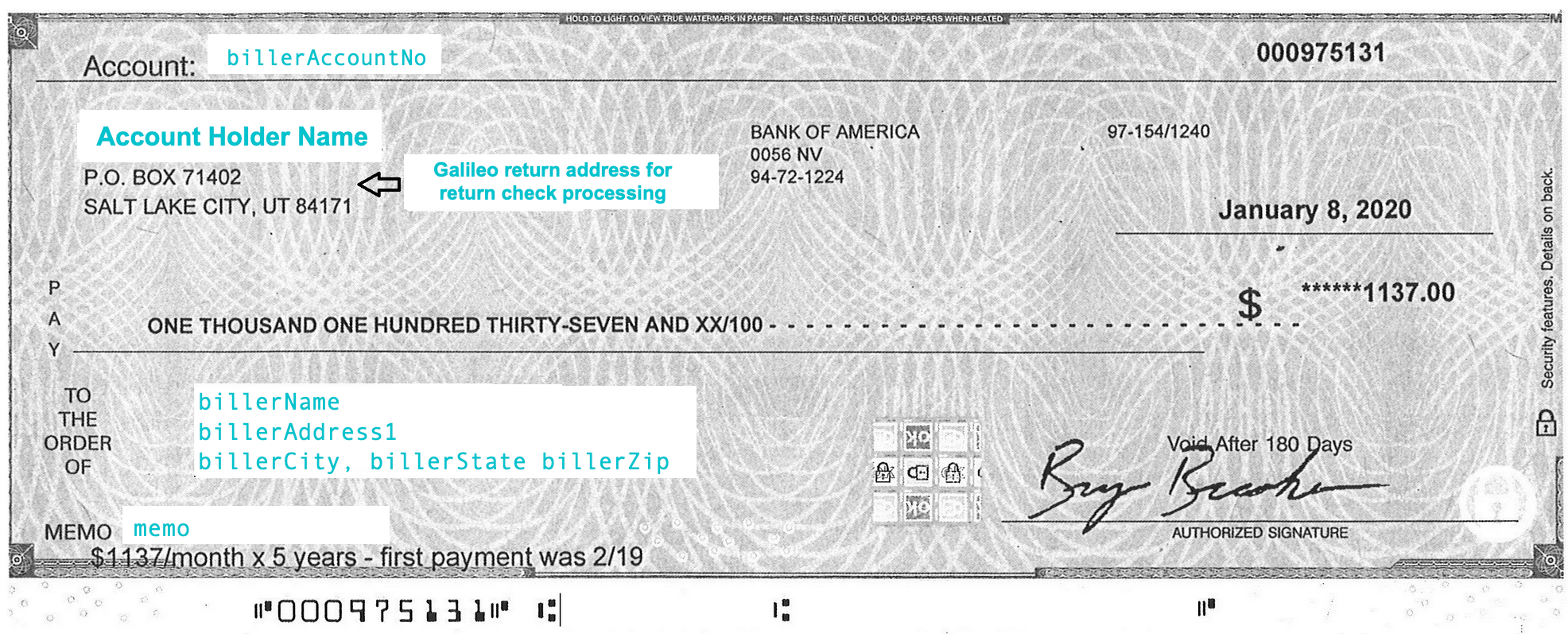In today's fast-paced world, managing finances can often feel overwhelming. One tool that can simplify this process is the bill pay check system. This article will explore what a bill pay check is, how it works, and the benefits it provides to individuals and businesses alike. By the end, you will have a comprehensive understanding of this essential financial tool.
Bill pay checks are an integral part of modern financial management, allowing users to automate their payments and avoid late fees. With the rise of digital banking and online payment systems, understanding how to utilize bill pay checks effectively is crucial. This article aims to provide you with the knowledge needed to make informed decisions regarding your financial management.
Furthermore, we will delve into the various features, advantages, and potential drawbacks associated with bill pay checks. Whether you are a first-time user or looking to optimize your current payment methods, this guide will serve as a valuable resource. So let’s dive into the world of bill pay checks and uncover all that they have to offer.
Table of Contents
- Definition of Bill Pay Check
- How Bill Pay Check Works
- Benefits of Using Bill Pay Checks
- Potential Drawbacks
- Bill Pay Check vs. Traditional Payment Methods
- How to Set Up Bill Pay Checks
- Security Measures for Bill Pay Checks
- Conclusion
Definition of Bill Pay Check
A bill pay check is a method used to pay bills electronically, typically through a bank or financial institution's online banking system. This service allows users to schedule payments for various bills, such as utilities, mortgage, and credit card payments, directly from their bank account. The bill pay check system simplifies the payment process, ensuring that bills are paid on time without the need for manual intervention.
How Bill Pay Check Works
The bill pay check system operates through online banking platforms, where users can set up their accounts to manage bill payments. Here’s a step-by-step breakdown of how it works:
- **Account Setup:** Users must log into their online banking account and navigate to the bill pay section.
- **Adding Payees:** Users can add payees by entering the company name, account number, and billing address.
- **Scheduling Payments:** After adding payees, users can schedule payments by selecting the amount and the date they wish to make the payment.
- **Confirmation:** Once scheduled, users receive a confirmation of their payment, and the bank takes care of sending the payment either electronically or via a check.
Benefits of Using Bill Pay Checks
Utilizing bill pay checks offers numerous benefits, making it an attractive option for many individuals and businesses. Some of the key advantages include:
- **Convenience:** Users can manage all their bills from one platform, eliminating the need to navigate multiple websites or write checks manually.
- **Time-Saving:** Scheduling payments in advance saves time and reduces the likelihood of forgetting due dates.
- **Avoiding Late Fees:** Automated payments help ensure that bills are paid on time, preventing late fees and negative impacts on credit scores.
- **Record Keeping:** Most online banking platforms provide records of past payments, making it easy to track spending and manage budgets.
Potential Drawbacks
While bill pay checks offer many benefits, there are also potential drawbacks to consider:
- **Overdraft Risks:** If users forget to account for upcoming payments, they may overdraft their accounts, leading to fees.
- **Technical Issues:** Reliance on technology means that any outages or issues with the bank's system could delay payments.
- **Limited Control:** Once a payment is scheduled, users may have less control over the transaction compared to manually paying bills.
Bill Pay Check vs. Traditional Payment Methods
When comparing bill pay checks to traditional payment methods, several key differences emerge:
Speed and Efficiency
Bill pay checks are generally faster and more efficient than traditional methods, as payments are processed electronically rather than relying on the postal system.
Cost
Many banks offer bill pay services for free, while traditional methods such as purchasing stamps and writing checks can incur additional costs.
How to Set Up Bill Pay Checks
Setting up bill pay checks is a straightforward process. Follow these steps to get started:
- Log into your online banking account.
- Navigate to the bill pay section.
- Add your payees by entering the necessary information.
- Schedule your payments based on your preferences.
- Review and confirm your scheduled payments.
Security Measures for Bill Pay Checks
Security is a top concern when it comes to online banking and bill payments. Here are some key security measures to consider:
- **Two-Factor Authentication:** Enable two-factor authentication for an added layer of security.
- **Regular Monitoring:** Regularly monitor your bank account statements for any unauthorized transactions.
- **Secure Passwords:** Use strong, unique passwords for your online banking accounts.
Conclusion
In summary, bill pay checks are a valuable financial tool that offers convenience, efficiency, and reliability. By understanding how they work and the benefits they provide, you can make informed decisions about your financial management. If you haven’t already, consider setting up a bill pay check system to streamline your payments and stay on top of your finances. We encourage you to leave a comment below, share this article, or explore more resources on our site to enhance your financial knowledge and capabilities.
Thank you for reading, and we look forward to seeing you again soon!
- Did Kamala Harris Used To Date Montel Williams
- Lululemon Shopping Bag
- Carol Luistro Obituary
- Molly Roloff Kids
- Porn Camilla Araujo
- Sam Marrazzo
- Jessica Dube Accident
- Pasta Ramen Menu
- Bruce A Piekarsky
- Ticket Vs Citation


